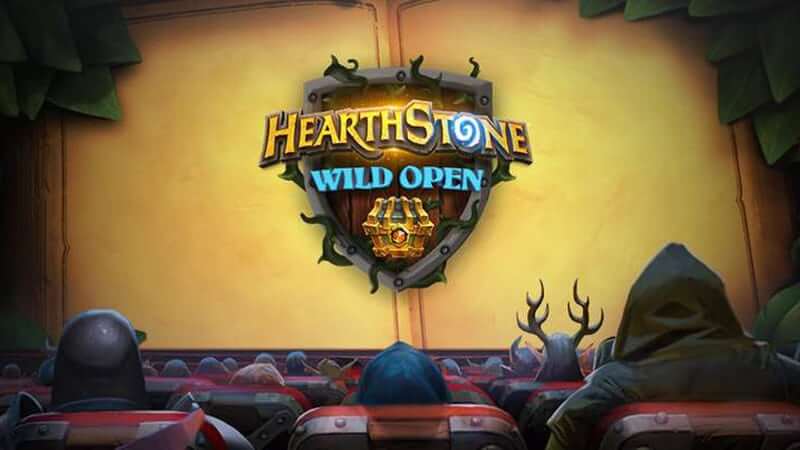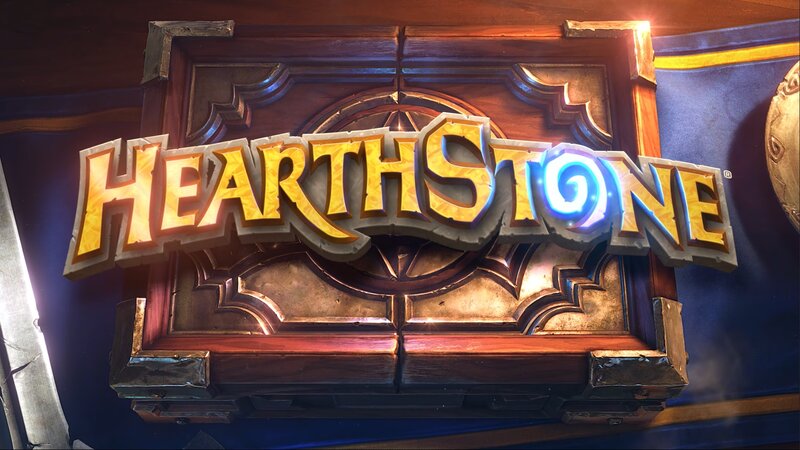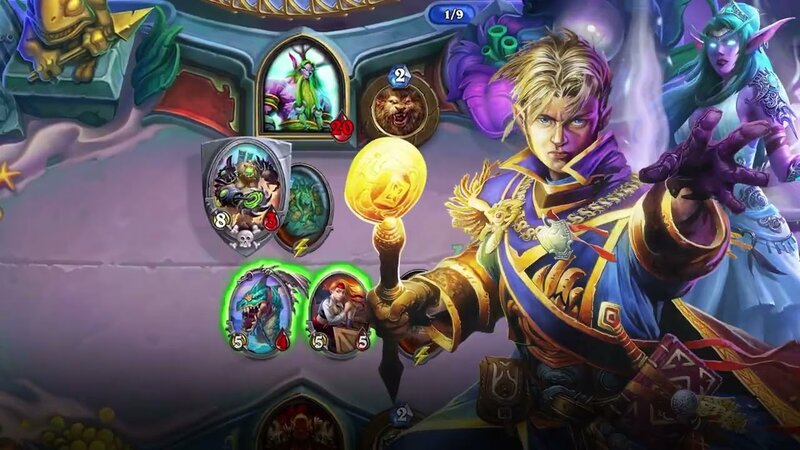
Smaller tournaments like the History of Hearthstone push the game’s long-term sustainability
Smaller tournaments play a crucial role towards the Hearthstone esports scene, which Blizzard has attempted to increase the focus on since the start of the year. There are two key reasons why, firstly, these smaller tournaments slowly bring exposure to up and coming players. Secondly, events like the History of Hearthstone also put importance on another aspect of competitive Hearthstone, focusing on the “Wild” mode.
Not all players can manage to enter middle tier tournaments, let alone top tier events. Smaller tournaments, especially privately hosted ones, not only bring exposure to less well known players, but motivate talented people to stay and delve deeper in the competitive Hearthstone scene.
“Wild” is usually disregarded in competitive play and held in much lower regard than the standard game mode, which only takes into account the recent few expansions. As many know, “Wild” is a mode that allows players to create decks and play with cards that have been made throughout the history of the game. While there is a certain meta change between Wild and Standard, the “Wild” mode remains a crucial part of the game that continues to attract the attention of many players.

© Blizzard Entertainment
Therefore, Blizzard has made an attempt at bringing some attention to “Wild”, hosting the “Wild Open”. However, being a once off event every year, it is not enough. The Wild tournament brings a new dimension to the game, and is much more difficult compared to “standard” having many more possibilities with a wider card pool.
It is essential for Blizzard to focus more on smaller tournaments, and overall “Wild” mode events. That said, privately held tournaments such as the History of Hearthstone also play a crucial role shaping the game’s competitive scene. Hats off to Tempo Storm for hosting the event, bringing light to the “Wild” mode, and contributing to the esports scene even further. Sure the event might have included some big names instead of highlighting smaller players, but it sure was entertaining, and shows even competitive teams do card about “Wild”.












